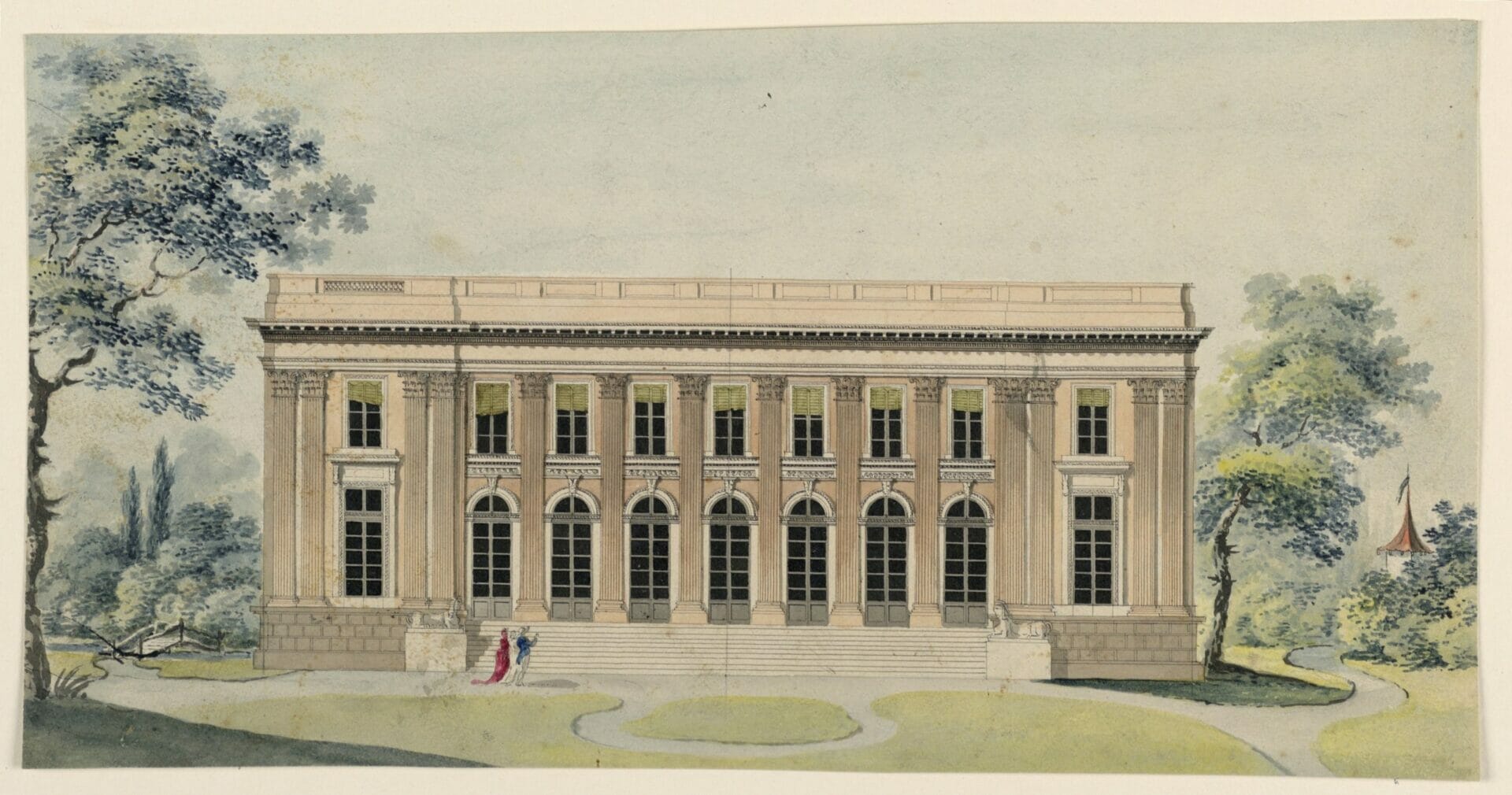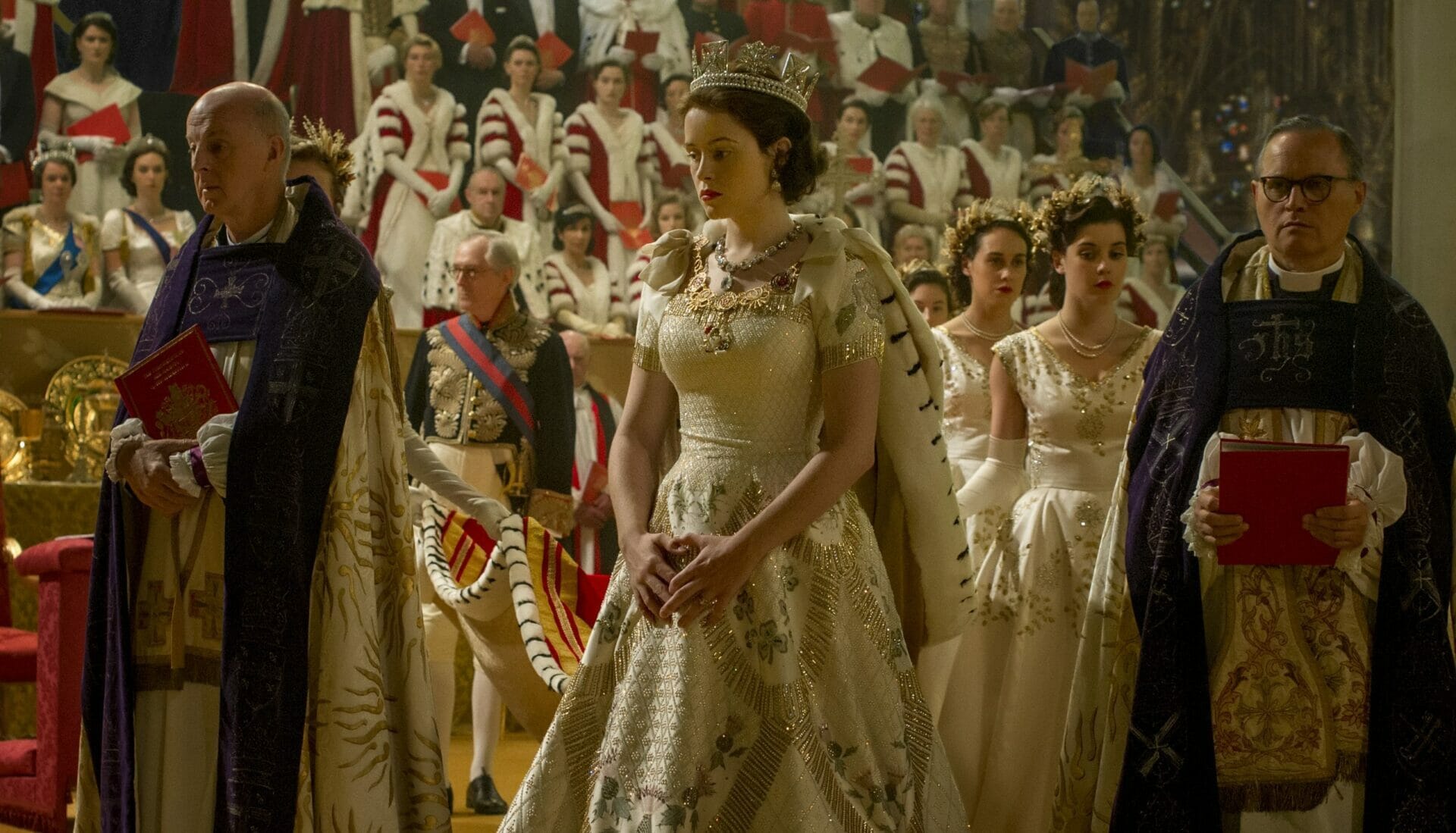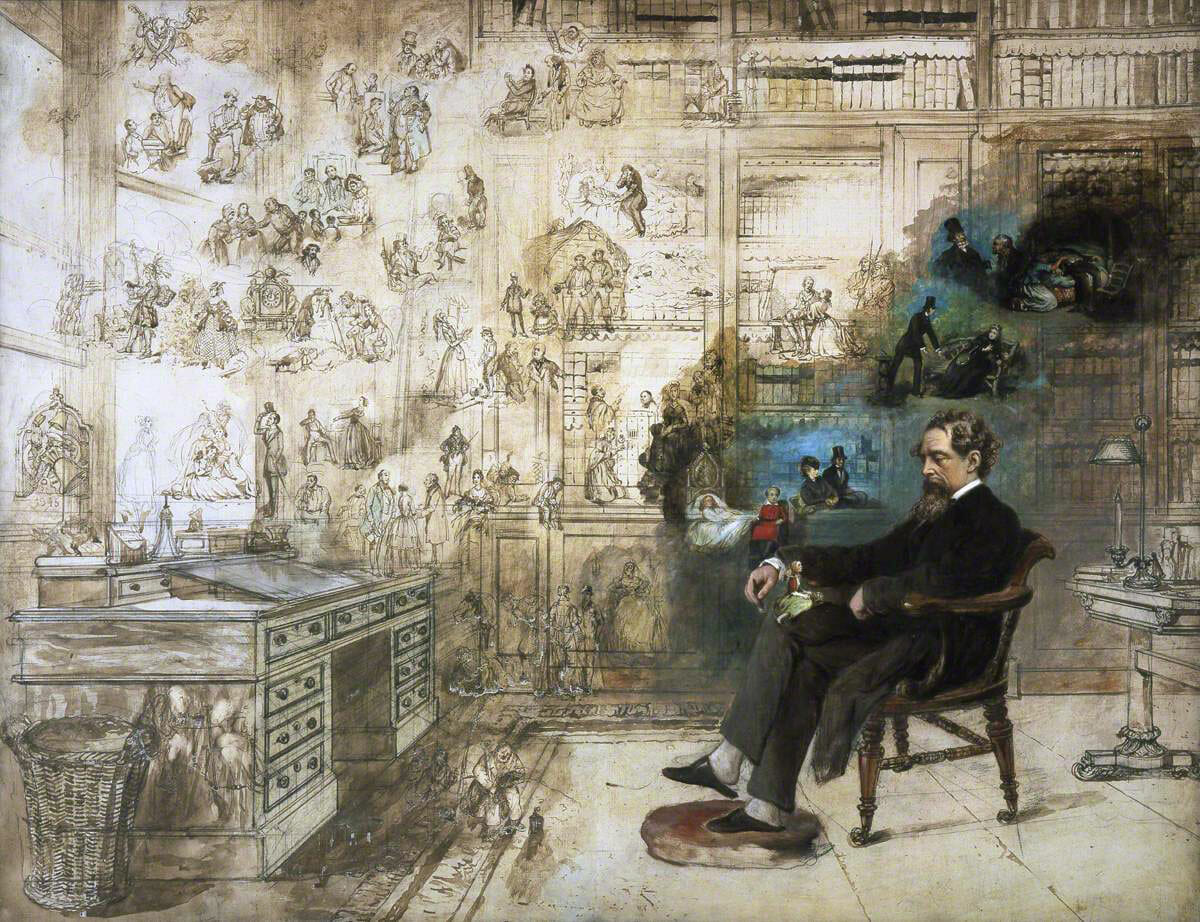
Downton Abbey | Upstairs and Downstairs Intrigues
Creator
Showrunner
Year
Country
Seasons
Runtime
Genre
Subgenre
Music by
On 26th September 2010, the British public was invited for the first time into the majestic and luxurious fictional country house estate of Downton Abbey, Yorkshire. A train whistle took viewers back in time to an April morning in 1912. Downstairs, the domestic servants were heating water and cooking breakfast. Some were drawing the curtains and opening the windows wide. Others were adding wood to the fireplace and changing the sheets. Upstairs, the members of the noble Crawley family were awakening in their comfortable beds. Meanwhile, a bicycle courier came to the front door with an urgent telegram. In it, was the news of the sinking of the RMS Titanic in the cold waters of the North Atlantic Ocean.
Since then – over the course of six seasons – the British historical drama Downton Abbey has seen viewers witness the intertwined lives of an aristocratic English family and their domestic servants.
- The Crawleys Welcome You
- A Cult Phenomenon
- Downton’s Heart Is Female
- Straight to the UK Parliament
- Modernity Shaped Through Costumes
- Highclere Castle: The Real Downton Abbey
- The Legacy Continues
The Crawleys Welcome You
Downton Abbey chronicles the complicated lives of the noble Crawley family and their domestic servants from 1912 to 1926. Among them are Robert Crawley, The Earl of Grantham (Hugh Bonneville), and his wife Cora (Elizabeth McGovern). They have three daughters: Lady Mary (Michelle Dockery), Lady Edith (Laura Carmichael), and Lady Sybil (Jessica Brown Findlay). By their side is their grandmother, the Dowager Countess Violet (Maggie Smith). Downstairs, the butler Mr. Carson (Jim Carter), and the housekeeper Mrs. Hughes (Phyllis Logan) are in charge of the servants. Staff members include valet John Bates (Brendan Coyle); lady’s maid Anna Smith (Joanne Froggatt); under-butler Thomas Barrow (Robert James-Collier); cook Mrs. Patmore (Lesley Nicol), and kitchen maid Daisy (Sophie McShera). Everyone’s lives take a new turn with the appearance of the heir to the estate. He is Matthew Crawley (Dan Stevens), joined by his mother Isobel (Penelope Wilton).
In the background are the dramatic events and radical changes of the British nobility (and their country estates), which transformed the very fabric of society in the post-Edwardian era. Most notably, the First World War; the 1918 Spanish influenza pandemic; the Marconi scandal; the Irish War of Independence, and the first seeds of Nazism.
A Cult Phenomenon
Today, Downton Abbey shines universally as one of the best-written TV shows ever. No doubt credit is due to Baron Fellowes of West Stafford, the British actor, novelist, and screenwriter Julian Fellowes. Indeed, he created and wrote almost the entire show. For his work, he won an Emmy Award for Outstanding Writing in 2011 and the writer’s award at the 37th BPG TV and Radio Awards. But the credit isn’t all his own. Downton Abbey also boasts an outstanding cast, with Dame Maggie Smith leading the way in the iconic role of Violet Crawley. This role saw her win three Emmys, a Screen Actor Guild Award, and a Golden Globe.
Last but not least, Downton Abbey is even a record-breaking show. In 2011, it has landed a place in the Guinness Book of World Records for the “highest critical review ratings for a TV show”. Over its six seasons, the show garnered many awards including 15 Emmys out of 69 nominations, 3 Golden Globes, and even a BAFTA Special Award.
Impeccably written characters. Dreamlike locations and costumes. Intrigues worthy of Jane Austen‘s novels, and sharp British humor. All of this has made Downton Abbey a family-centered drama with a huge cultural impact to this day.
Downton’s Heart Is Female
Leading the story of Downton Abbey are its strong female characters. Indeed, they are the very heart of the show. True heroines fighting to make their voices heard, to get their rightful space and empowerment. And they are doing this in a particular historical context. Indeed, a circle so bound to its traditions as the English aristocracy is overwhelmed by the rise of modernity. Through their actions, the show provides a deep reflection on women’s rights and conditions in a society permeated by male chauvinism, often unaware of its structural nature. Therefore, Downton Abbey managed to portray many of the hardships faced by women in the early 20th century.
A prime example of this is Lady Sybil. She’s willing to fight for her right to be as she wants (and wear what she wants), voicing her strong and firm opinions at all times. She is the first one to walk away from the wealthy and privileged aristocracy. She gives up her status to marry the man she loves and become a working woman. In addition, through her character, the show also addresses the issue of death in childbirth. Or Lady Edith, who finds a new dimension by becoming a journalist and taking on women’s rights. And Lady Mary, who takes over the management of the estate. In Downton Abbey, women are the ones who define themselves.
Downton Abbey also explores the issue of sexual assault through the storyline of Anna Smith (for this role, Joanne Froggatt won a Golden Globe for Best Supporting Actress in 2014).
Straight to the UK Parliament
Fun fact: the battles led by the women of Downton made their way across the screen to the real world. The UK Parliament discussed an Equality (Titles) Bill, which has become informally known as the “Downton Bill”, in reference to an issue brought to light on the show. Debated in the House of Lords and not passed, it would have removed some gender discrimination from titles by providing female hereditary titles for the succession.
Lucas’s bill has become known as the “Downton bill” because the initial plot in Downton Abbey is the predicament of the Earl of Grantham. His nephew and heir dies aboard the Titanic, leaving his lordship in a tight spot because he has only managed to breed daughters. […] These are not curious details of a bygone era – the custom of male partiality has remained unchanged since its mediaeval beginnings and is still rigidly enforced.
“The Downton bill is for all daughters”, The Guardian
Modernity Shaped Through Costumes
Costumes, especially in a historical drama, are the evidence that ties the story and its characters to the time period in which it takes place. Through six seasons, the Crawleys are not the only ones navigating the turbulent times of the Great War era and that of Interwar Britain. In marking the passage of time and the evolution of history, costumes as well become just as symbolic.
Downton Abbey‘s costume department – Susannah Buxton, Rosalind Ebbutt, Caroline McCall, and Anna Robbins – put together a complex, sophisticated, and iconic wardrobe. From the inspiration boards and the different color palettes to the historical accuracy, their work was massive. Indeed, when examining Downton Abbey‘s costumes, one can witness the early 20th century and a sense of modernity taking shape. And it all shows through the hairstyles and haircuts as well. Such as Lady Mary’s memorable Roaring Twenties bob.
Highclere Castle: The Real Downton Abbey
Part of Downton Abbey‘s charm lies in its breathtaking locations. First and foremost, the majestic Highclere Castle. Located in Highclere, Hampshire, it is now the Earl and Countess of Carnarvon’s house. Over the years, the castle has been the setting of many TV shows and movies. Notable ones include Stanley Kubrick‘s Eyes Wide Shut (1999), which used the interiors for the masked ball scene, or Shekhar Kapur‘s The Four Feathers (2002). Also, as occurs in Downton Abbey, during World War I Highclere Castle was converted into a hospital for wounded soldiers. For the most devoted fans of the show, Highclere Castle is open to visitors. Plus, it is also on Instagram, with plenty of behind-the-scenes trivia and much more.
Other locations used in Downton Abbey include Byfleet Manor, The Ritz Hotel in London, and Lancaster House (also used for Jean-Marc Vallée‘s The Young Victoria and The Crown).
The Legacy Continues
In conclusion, Downton Abbey still represents a long-running show of priceless value that, in the age of Peak TV, has been able to preserve and increase its popularity and status as a cultural juggernaut. An escape to the past that has succeeded in capturing the eyes of a wide slice of contemporary viewers, mostly thanks to an underlying social satire and a witty irony that has transcended the ages.
Proof of this lies in the fact that Downton Abbey is back four years after the series finale. It has landed on the big screen with a movie in 2019 and a sequel coming out in 2022. But that is not the end of the story. Indeed, Julian Fellowes created for HBO a new historical drama titled The Gilded Age which debuted in January 2022.
Tag
Buy a ☕ for Hypercritic










